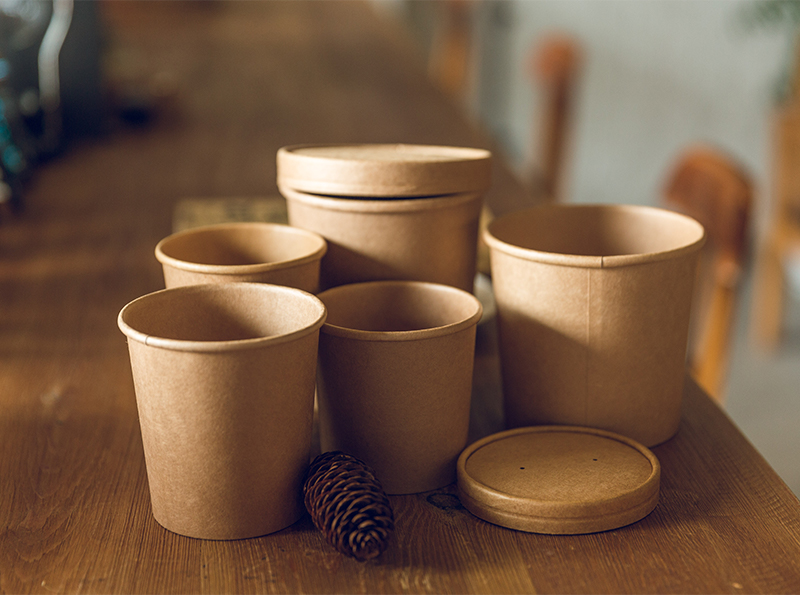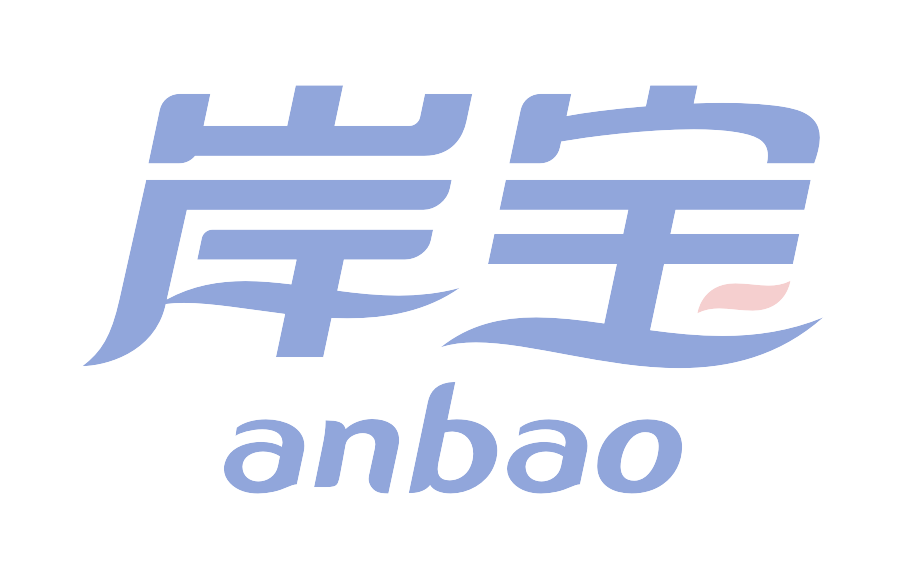
Introduction
The use of paper bowls in our daily lives has become increasingly common, especially in the context of take – out food and on – the – go dining. Among the various types of food and beverages they are used for, the question of whether it is suitable to put soup in paper bowls is both practical and worthy of in – depth exploration. This paper will analyze this issue from multiple perspectives, including the physical properties of paper bowls, potential risks, and environmental considerations.
Physical Properties of Paper Bowls
Material Composition
Paper bowls are typically made from paperboard, which is a thick and sturdy type of paper. To make them suitable for holding liquid, they are often lined with a layer of plastic, usually polyethylene (PE). This plastic lining serves as a barrier to prevent the liquid from soaking through the paper fibers. The paperboard itself provides the structural integrity to hold the shape of the bowl. However, the quality and thickness of both the paperboard and the plastic lining can vary significantly among different manufacturers and product lines.
Strength and Durability
The strength of a paper bowl depends on several factors. Thicker paperboard generally offers more resistance to deformation under the weight of the soup. A well – made paper bowl should be able to withstand the weight of a reasonable volume of soup without collapsing. For example, a standard 16 – ounce paper bowl used in many food establishments is designed to hold a substantial amount of soup without significant sagging. However, if the paperboard is of poor quality or too thin, the bowl may start to lose its shape as soon as the soup is poured in, leading to potential leakage.
Heat Resistance
Thermal Conductivity
Paper is a relatively poor thermal conductor compared to materials like metal. However, when it comes to hot soup, the plastic lining in the paper bowl becomes a crucial factor. The plastic lining can withstand a certain degree of heat, but if the soup is extremely hot, there is a risk. High – temperature soup can cause the plastic lining to soften or even melt in extreme cases. Once the plastic lining is compromised, the paper bowl loses its ability to hold the liquid, resulting in leakage. For instance, if a paper bowl is filled with freshly made, boiling – hot soup directly from the stove, the plastic lining may not be able to handle the intense heat for an extended period.
Heat Retention
On the other hand, paper bowls do not have excellent heat – retention properties. While they can keep the soup warm for a short time, compared to insulated containers, the heat in the soup dissipates relatively quickly through the paper and the thin plastic lining. This may be a drawback for those who want to keep their soup hot for an extended period, especially if they are consuming it later or traveling a long distance.
Leakage Potential
Sealing Integrity
The edges and seams of the paper bowl are critical areas in terms of leakage prevention. In well – manufactured paper bowls, the seams are carefully sealed to ensure that there are no gaps through which the soup can escape. However, if the manufacturing process is substandard or if the bowl has been damaged during handling, the integrity of the seal can be compromised. A small crack or a poorly sealed seam can lead to a slow leak, which may not be immediately noticeable but can cause a mess over time.
Liquid – Resistance Over Time
Even with a properly sealed and lined paper bowl, the liquid – resistance may degrade over time. If the soup contains acidic or fatty components, they can interact with the plastic lining. Acidic substances, such as tomato – based soups, may gradually erode the plastic lining, weakening its ability to hold the liquid. Fatty soups can also cause the plastic to become more permeable, increasing the risk of leakage.
Environmental Considerations
Single – Use Nature
Paper bowls are often single – use items. Their widespread use contributes to a significant amount of waste. The production of paper bowls requires resources such as wood pulp, water, and energy. After being used, most paper bowls end up in landfills. Although paper is biodegradable in theory, the plastic lining in paper bowls complicates the recycling and decomposition process. In many recycling facilities, paper bowls are not accepted due to the difficulty of separating the paper from the plastic.
Biodegradable and Compostable Alternatives
There are biodegradable and compostable paper – based bowls available in the market. These are made with materials that break down more easily in the environment. Some are lined with biodegradable polymers instead of traditional plastic. However, these alternatives often come at a higher cost and may require specific composting conditions to ensure proper decomposition.
Conclusion
In conclusion, while it is possible to put soup in paper bowls under normal circumstances, there are several caveats. The quality of the paper bowl, the temperature and composition of the soup, and the handling and storage conditions all play important roles. From an environmental perspective, the single – use nature of paper bowls and the challenges in recycling them pose significant concerns. Considering the potential risks of leakage, heat – related issues, and environmental impact, alternative containers such as reusable plastic or ceramic bowls may be more suitable in some cases. However, when used carefully and with awareness of their limitations, paper bowls can still serve as a convenient option for holding soup in certain situations.


